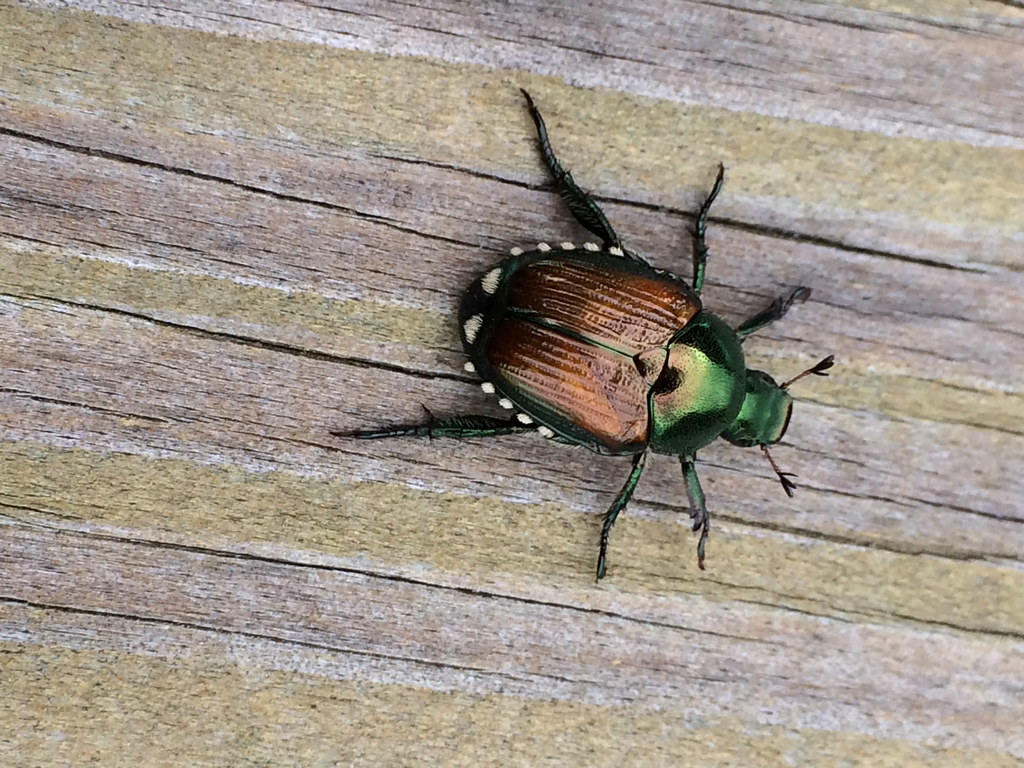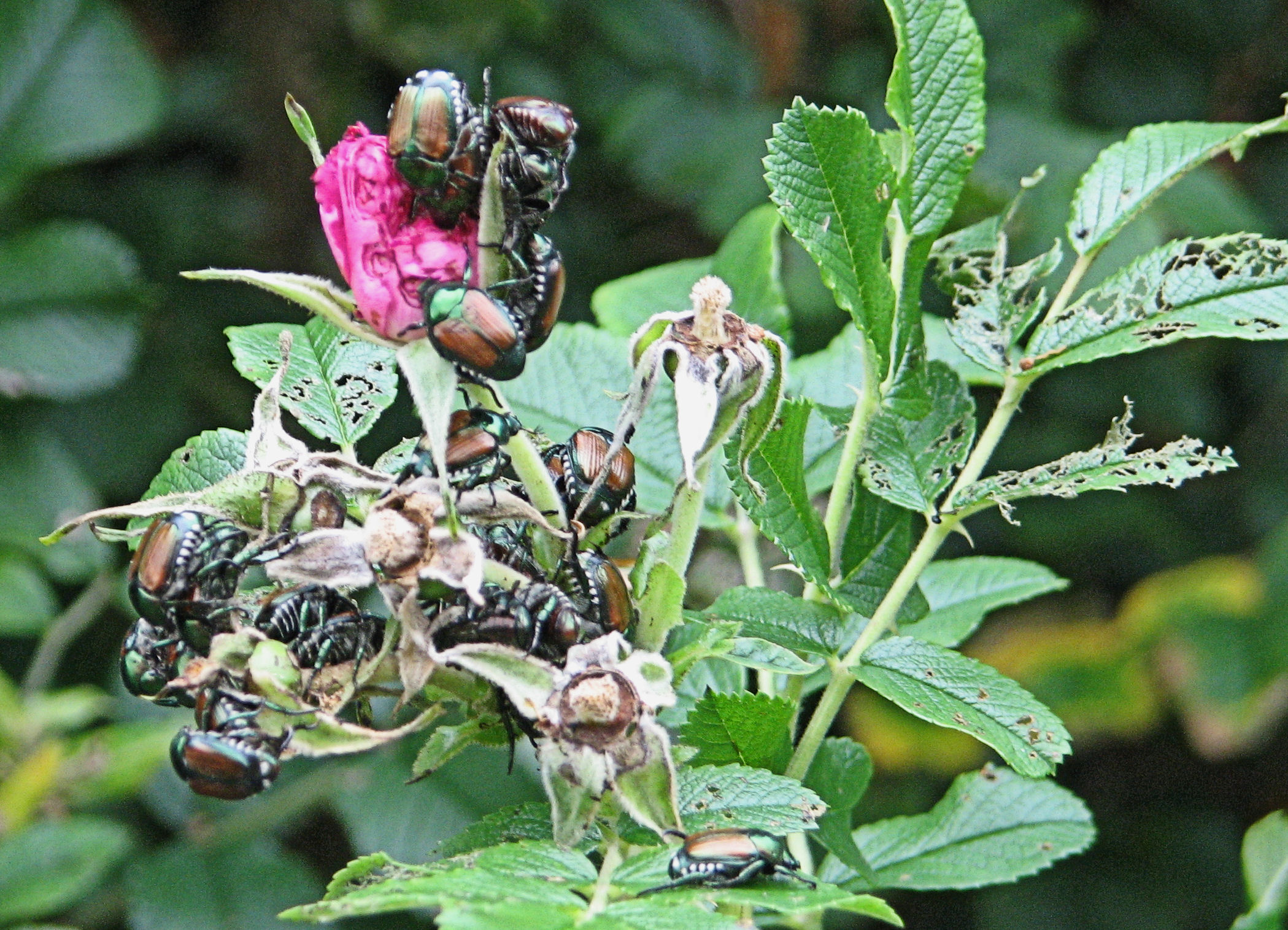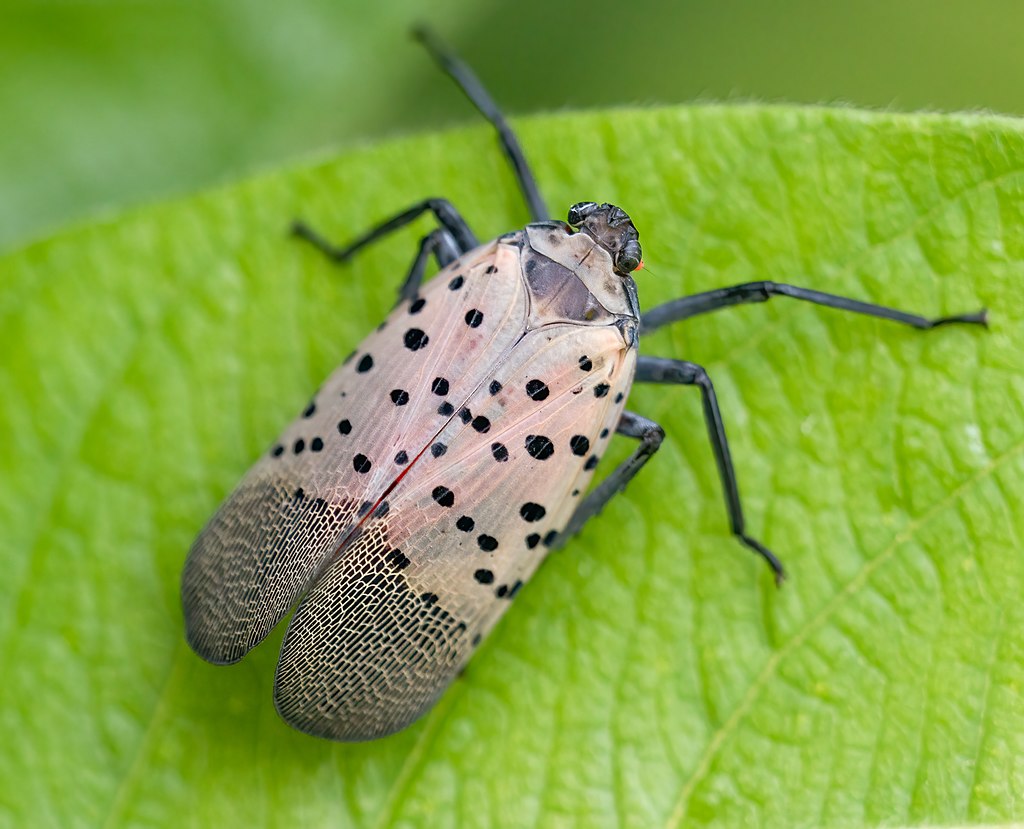The gentle hum of a bee collecting nectar might soon be joined by the ominous buzz of something far more sinister. Across America’s borders, an army of six-legged invaders is marching forward, carrying with them the power to reshape entire ecosystems, devastate crops worth billions of dollars, and challenge our very understanding of nature’s delicate balance. These aren’t creatures from science fiction movies – they’re real, they’re here, and they’re multiplying at an alarming rate.
The Silent Invasion Already Underway
Right now, as you read these words, thousands of non-native insects are establishing colonies in American soil. The Asian giant hornet’s arrival in Washington State sent shockwaves through beekeeping communities, but it’s just the tip of the iceberg. Scientists estimate that approximately 2,500 non-native insect species have already established permanent populations in the United States. What makes this invasion particularly troubling is its stealth nature. Unlike dramatic natural disasters that make headlines, invasive insects often go unnoticed for years. By the time we spot them, they’ve already built thriving communities and begun their destructive work.
Economic Devastation Beyond Imagination
The financial impact of invasive insects reads like a horror story for economists. The emerald ash borer alone has caused over $10 billion in damages since its discovery in 2002, killing hundreds of millions of ash trees across North America. Agricultural losses from invasive species exceed $40 billion annually, with insects claiming the largest share of this staggering figure. Consider the brown marmorated stink bug, which appeared seemingly overnight and now costs American farmers hundreds of millions each year. These shield-shaped destroyers feast on over 100 different crops, from apples to soybeans, leaving behind unmarketable produce and frustrated growers.
Climate Change: The Ultimate Enabler

Rising temperatures are rolling out the red carpet for invasive insects like never before. Species that once couldn’t survive northern winters are now thriving in previously inhospitable regions. The spotted lanternfly, originally confined to warmer climates, has expanded its range dramatically as average temperatures climb. Warmer weather also accelerates insect reproduction cycles, allowing invasive species to produce more generations per year. What once took a decade to establish might now happen in just a few seasons, giving these invaders a significant advantage over native species still adapting to changing conditions.
Global Trade: The Highway to Invasion
Every shipping container that arrives at American ports is a potential Trojan horse. The globalization of trade has created unprecedented opportunities for insects to hitchhike across oceans and continents. Wooden pallets, plant materials, and even clothing can harbor tiny stowaways ready to colonize new territories. The speed of modern commerce means insects can travel from Asia to America in weeks rather than the months or years such journeys once required. This rapid transit increases their survival rates and reduces the time available for detection and interception by border security.
Agricultural Apocalypse in the Making

America’s farming communities are on the front lines of this biological warfare. The fall armyworm, spreading northward from tropical regions, threatens corn and soybean crops across the Midwest. These voracious caterpillars can consume entire fields in days, leaving farmers with devastating losses and limited options for control. Fruit growers face their own nightmare scenarios. The spotted wing drosophila targets soft-skinned fruits like berries and cherries, laying eggs inside ripening fruit and rendering entire harvests worthless. Traditional harvest timing becomes irrelevant when the fruit is destroyed from within before it can be picked.
Urban Ecosystems Under Siege

Cities aren’t safe havens from invasive insects – they’re often the first beachheads for establishment. Urban heat islands create microclimates that favor warm-weather invaders, while abundant food sources and reduced natural predators provide ideal conditions for population explosions. The Asian longhorned beetle has turned urban forestry management into a constant battle. This wood-boring insect targets healthy hardwood trees, forcing cities to remove thousands of mature trees and replant with resistant species. The visual and environmental impact transforms neighborhoods and reduces property values.
Native Species Fighting for Survival

Behind every successful invasive insect lies a tragic story of native species displacement. Monarch butterflies, already struggling with habitat loss, now face additional pressure from invasive plants that crowd out milkweed, their only host plant. The delicate balance that took millions of years to establish can be disrupted in just a few decades. Native pollinators suffer particularly harsh consequences. Invasive insects often compete for the same resources but lack the co-evolutionary relationships that make native species efficient pollinators. This creates a cascade effect where both plant and animal communities suffer simultaneous declines.
Detection Systems: Racing Against Time
Early detection represents our best hope for preventing catastrophic invasions, but current systems are woefully inadequate. Most invasive insects are discovered by accident rather than through systematic monitoring. By the time a concerned citizen reports unusual insect activity, populations may already be too large and widespread for effective control. New technologies offer promising solutions. Genetic sequencing can identify species from tiny DNA fragments, while smartphone apps allow citizen scientists to contribute to monitoring efforts. However, these tools require significant investment and training to deploy effectively across the vast American landscape.
Border Security’s Biological Challenge
Traditional border security focuses on human threats, but the biological invasion happening simultaneously requires completely different approaches. Customs agents must inspect millions of containers, packages, and vehicles for organisms often smaller than a fingernail. The task is comparable to finding specific grains of sand on a beach while waves continuously deposit new material. International cooperation becomes crucial since invasive species don’t respect political boundaries. What starts as a localized problem in one country can quickly become a continental crisis requiring coordinated response efforts across multiple nations.
Chemical Warfare: The Double-Edged Sword
Pesticides remain the primary weapon against invasive insects, but their use creates a complex web of unintended consequences. Broad-spectrum chemicals kill beneficial insects alongside targeted pests, potentially creating ecological vacuums that other invasive species can exploit. The cure sometimes proves worse than the disease. Resistance development adds another layer of complexity. Invasive insects often evolve resistance to chemical controls faster than native species, giving them yet another competitive advantage. This biological arms race requires constant development of new compounds and application strategies.
Biological Control: Nature’s Own Solutions

Scientists are increasingly turning to biological control methods, introducing natural enemies of invasive insects to restore ecological balance. These living weapons can be incredibly effective – the vedalia beetle’s introduction in the 1880s saved California’s citrus industry from cottony cushion scale destruction. However, biological control carries its own risks. Introduced predators can sometimes switch to native prey species or become invasive themselves. The extensive testing required to ensure safety means biological solutions often arrive years after invasive species have already established themselves.
Community Vigilance: Every Citizen a Sentinel

The sheer scale of potential invasion routes means professional monitoring can’t cover every possibility. Citizens must become the first line of defense, learning to recognize suspicious insect activity and report it promptly. Garden centers, hiking trails, and even backyard barbecues can become detection points for early invasions. Education programs that teach people to identify invasive species could multiply our detection capabilities thousandfold. When millions of Americans know what to look for, the chances of catching invasions early increase dramatically. This grassroots approach transforms the entire population into an early warning system.
Technology’s Promise and Limitations
Artificial intelligence and machine learning offer unprecedented tools for species identification and population monitoring. Automated traps equipped with cameras and AI recognition systems can operate continuously, identifying and cataloging insects without human intervention. Satellite imagery can detect the landscape-scale impacts of invasive species before they become visible to ground observers. Yet technology alone cannot solve the invasive species crisis. These tools require massive data sets to train algorithms, consistent funding for maintenance, and human expertise to interpret results. The digital divide means rural areas, often the first to experience agricultural invasions, may lack access to the most sophisticated monitoring technologies.
Preparing for an Uncertain Future
The next wave of invasive insects will likely be unlike anything we’ve seen before. Climate change will enable species from tropical regions to survive in temperate zones, while evolving global trade patterns will create new pathways for invasion. Genetic modification techniques might even create hybrid species with enhanced invasive capabilities. Our preparation must be equally innovative and comprehensive. This means investing in research before crises occur, building detection networks that can identify threats early, and developing rapid response capabilities that can contain invasions before they spread. The window for action is closing, but it hasn’t closed completely.
Conclusion

The question isn’t whether more invasive insects will arrive – it’s whether we’ll be ready when they do. Our response to this biological challenge will determine not just the fate of American agriculture and ecosystems, but our ability to coexist with an increasingly interconnected and rapidly changing natural world. Are we prepared to face an enemy that reproduces faster than we can count, adapts quicker than we can respond, and arrives with no warning? The next decade will provide the answer, and our future may depend on getting it right.
